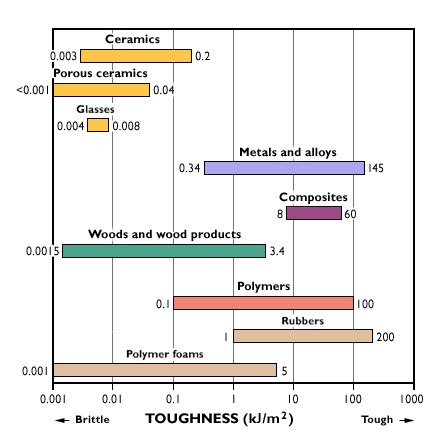Property Information
Toughness
Overview
- Toughness is the resistance of a material to being broken in two, by a crack running across it - this is called "fracture" and absorbs energy.
- The amount of energy absorbed during fracture depends on the size of the component which is broken in two. The amount of energy absorbed per unit area of crack is constant for a given material, and this is called the toughness.
- A tough material requires a lot of energy to break it (e.g. mild steel), usually because the fracture process causes a lot of plastic deformation; a brittle material may be strong but once a crack has started the material fractures easily because little energy is absorbed (e.g. glass).
Design issues
- High toughness is particuarly important for components which may suffer impact (cars, toys, bikes), or for components where a fracture would be catastrophic (pressure vessels, aircraft).
- Toughness varies with temperature; some materials change from being tough to brittle as temperature decreases (e.g. some steels, rubber). A famous example of this problem in steels was the battleships which broke in two in cold seas during the second World War!
Measurement
Detailed toughness tests use specimens with starter cracks, and measure the energy per unit area as the crack grows. This can be applied to all materials, so the selection charts show toughness data measured this way.
Simple toughness tests use specimens of fixed size with a machines notch, and just measure energy needed to break the specimen. This cannot be applied to all materials, but is a useful way to rank toughness for materials used in products which suffer impact (particularly for metals).
Compact tension test
The load is incresed until the specimen fractures. The toughness (energy per unit area) is found by analysing the load-displacement curves for different specimens with different crack lengths.
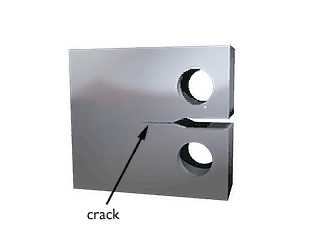
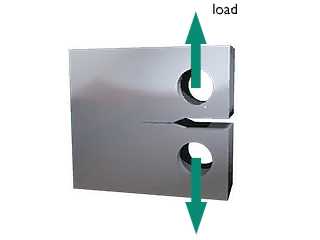
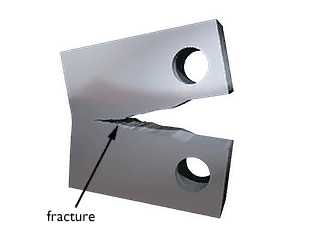
Izod test
A specimen of standard size with a notch on one side is clamped in a vice. A heavy pendulum is lifted to a height h0 above the vice and is released. It swings under gravity, strikes the specimen and continues to height h1 shown by the final reading on the dial gauge.
Impact energy = energy absorbed = mass of pendulum * g * (h1 - h0)
where g is the accelaration due to gravity
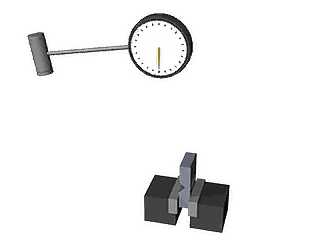
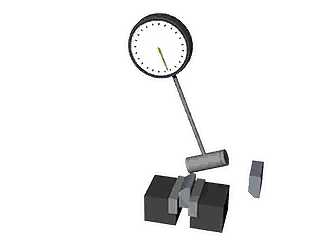
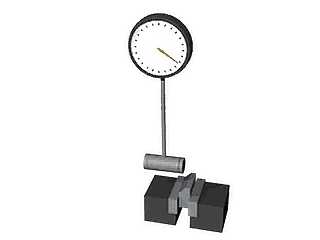
Units & Values
Toughness is usually measured in energy per unit area or Joules/m2 (J/m2)
Impact energy from Izod or Charpy tests is simple energy in Joules (J).
